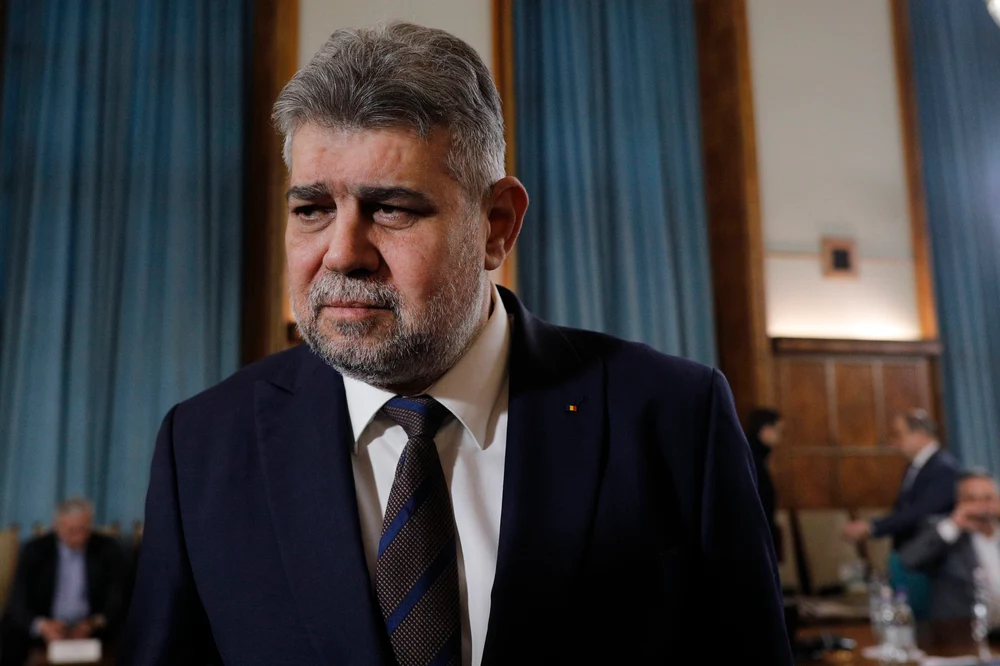Romania has not registered any significant progress in the past five years compared to other countries participating in the PISA 2022 assessment, still ranking second to last among EU countries, ahead of Bulgaria.
The PISA testing evaluates the basic skills of 15-year-old students and is organized by the Organization for Economic Cooperation and Development, or OECD. Overall, Romania is placed 45th out of a total of 81 countries and territories, with a significantly lower average score than the OECD average.
In the previous assessment, Romania scored 428 points in reading, 430 in mathematics, and 428 in science. Now, its results have "aligned" to an average of 428 points for each of the three assessments. This places Romania about 50 points below the OECD average and approximately 100 points behind the European leader, Estonia.
Romania ranks second to last among EU countries participating in this assessment, ahead of Bulgaria, which has experienced significant regressions, in both mathematics (-19 points) and reading (-16 points), as well as a minor one in science (-3 points) compared to PISA 2018, according to edupedu.ro.
In the test ranking, Romania is at a similar level with Serbia, the United Arab Emirates, Greece (an EU country just above Romania with averages of 430-441 points), Kazakhstan, Mongolia, Bulgaria, and Moldova. Ukraine, participating only with a series of regions in this assessment, as well as Cyprus, is also in the same group.
Romania's results compared to the OECD average remain significantly low, considering that, compared to PISA 2018, the OECD average has decreased considerably: by 15 points in mathematics, 10 points in reading, and 2 points in science. Compared to the OECD average, the proportion of students with very good results in at least one area (level 5 or 6) in the PISA 2022 assessment is almost three times lower in Romania. On the other hand, the proportion of students with poor results in all three areas (below level 2, considered the threshold for functional literacy) is twice as high.
While at the OECD level, 16.4% of students on average have results below level 2 in all three areas, placing them at the level of functional illiteracy, in Romania, this proportion is 33.2%. On the opposite end, 13.7% of students, on average at the OECD level, managed to achieve top results in at least one area (level 5 or 6). In Romania, this percentage is 5%.
At the European level, the leader Estonia maintains its position despite significant declines in each of the three assessments.
(Photo source: Robert Kneschke | Dreamstime.com)





















 English (US) ·
English (US) ·  Romanian (RO) ·
Romanian (RO) ·